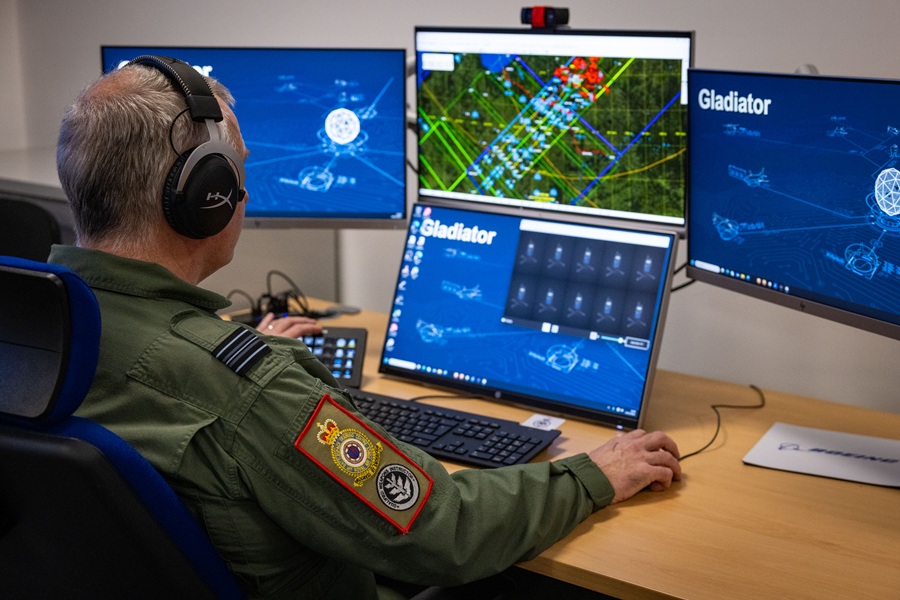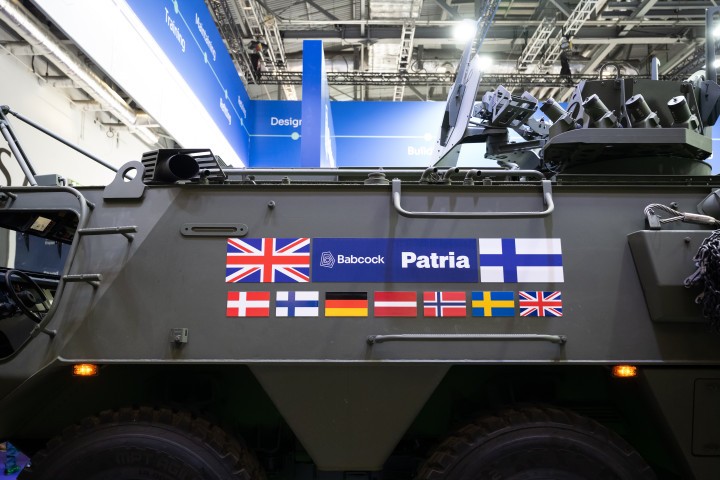Testing of Royal Navy’s first new MEWSIC EW system begins

Image courtesy DE&S
Procured by DE&S, the Maritime Electronic Warfare System Integrated Capability – known as MEWSIC Increment 1 – will be installed on current and future warships including the Queen Elizabeth-class aircraft carriers, Type 45 destroyers and the Type 26 and Type 31 frigates currently in build.
MEWSIC will enhance defensive capabilities by replacing the Navy’s existing EW system, which is the cornerstone of keeping enemy forces and threats at bay, including anti-ship missiles.
The first production model of MEWSIC has been set to work at an Elbit Systems UK facility, while the first build of an updated Combat Management Software System has been delivered to Portsdown Technology Park in Hampshire to support ongoing development.
Dr Allan Paterson, DE&S’ Maritime Electronic Warfare Team Leader, said: “The Royal Navy has invested in an ambitious programme to deliver modern electronic warfare capabilities that will help its surface warships keep the UK and its allies safe around the world.
“It’s fantastic to see the first MEWSIC system being delivered by DE&S and our industry partners, so that this crucial phase of testing and evaluation can be carried out and the capabilities of MEWSIC can be proven.”
With Babcock International as the prime contractor working with Elbit Systems, MEWSIC is one half of the overarching upgrade to the Navy surface fleet’s EW capability under the Maritime Electronic Warfare Programme (MEWP).
The other is a ‘trainable’ launcher for EW decoys to confuse anti-ship missiles. Called Ancilia, it is designed and built by SEA (Systems Engineering and Assessment) in Barnstaple, North Devon.
The £135 million system – which will replace Seagnat on existing destroyers and future frigates – swivels rapidly and adjusts the angle decoy rounds are fired at to maximise their effectiveness, something its predecessor cannot do.
This means there is no need to manoeuvre the ship to counter the incoming threats, as Ancilia will face them directly. What takes anti-ship missile defence to the next level is the integration of Ancilia with MEWSIC’s Command and Control system.

Above: Ancilia, a new trainable decoy launcher for the Royal Navy.
Courtesy DE&S
This defensive combination will give Navy personnel in the operations room increased situational awareness, helping them to better understand the operational environment and deliver the right countermeasures to the right place, at the right time.
Some things still need to be done manually, however, including loading and unloading Ancilia with decoy rounds. Navy electronic warfare specialists have been testing the practicalities of how this can be best done ahead of the system coming into.
When ready for installation alongside MEWSIC, two Ancilia systems will be fitted to each Type 26, 31 and 45.












